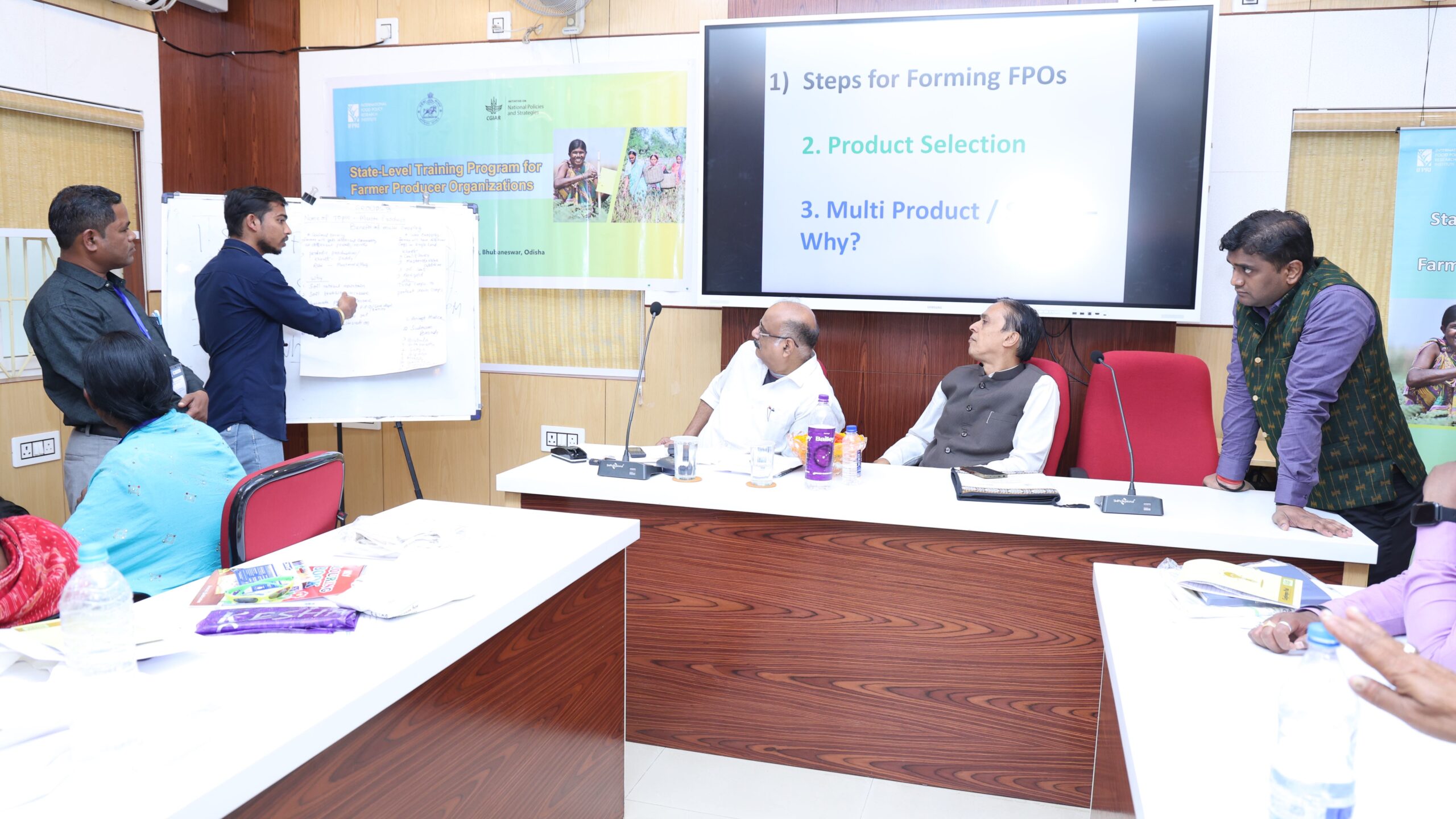From 2006 to 2008, the world experienced a dramatic increase in global food prices which especially affected the poor, whose diets depend on staple commodities such as maize, rice, and wheat. Miguel Robles and Lora Iannotti examined the nutritional impact of shocks in global food prices in Latin America by measuring the changes in calorie consumption in relation to the recommended requirements for adequate calorie intake.
Data from national household surveys in Guatemala, Honduras, Nicaragua, Panama, Haiti, Ecuador, and Peru found that each country experienced an 8% average reduction in calorie intake after the food price crisis. Both urban and rural households reduced calorie intake following the crisis. Ecuador and Panama were the most negatively affected, and the general population experienced a decrease in calorie consumption regardless of economic status. In Panama, only 13% of households with children under the age of two consumed enough calories to meet recommended requirements. In Ecuador, the percentage of households living below the adequate calorie requirements increased to 78%, exceeding all other countries studied. However, it is interesting to note that in the remaining countries studied, the wealthiest citizens actually increased calorie consumption from pre-crisis levels by 10-30% during this period.
Poor households had the sharpest reduction in calories consumed across all countries. This is compounded by the fact that the poor generally already had calorie intakes below the recommended requirements, indicating that they are most vulnerable to shocks in world food prices.
In order to isolate the effects of price shocks on household consumption from the varying conditions in each country, a detailed model simulating a 10% increase in food prices across all countries found Ecuador to be the most severely impacted, while there was little effect on Guatemala and Honduras. This type of simulation may be used as a tool to predict and prevent food and nutrition insecurity caused by food price variability.
Understanding how people of varying economic status in different countries are affected by shocks in global food prices will inform policy and program development to best assist the most vulnerable populations. These findings highlight the need to target the poorest households in both rural and urban areas in order to compensate for a loss in calorie consumption associated with food price increases.
For related information please visit the Food Security Portal.







